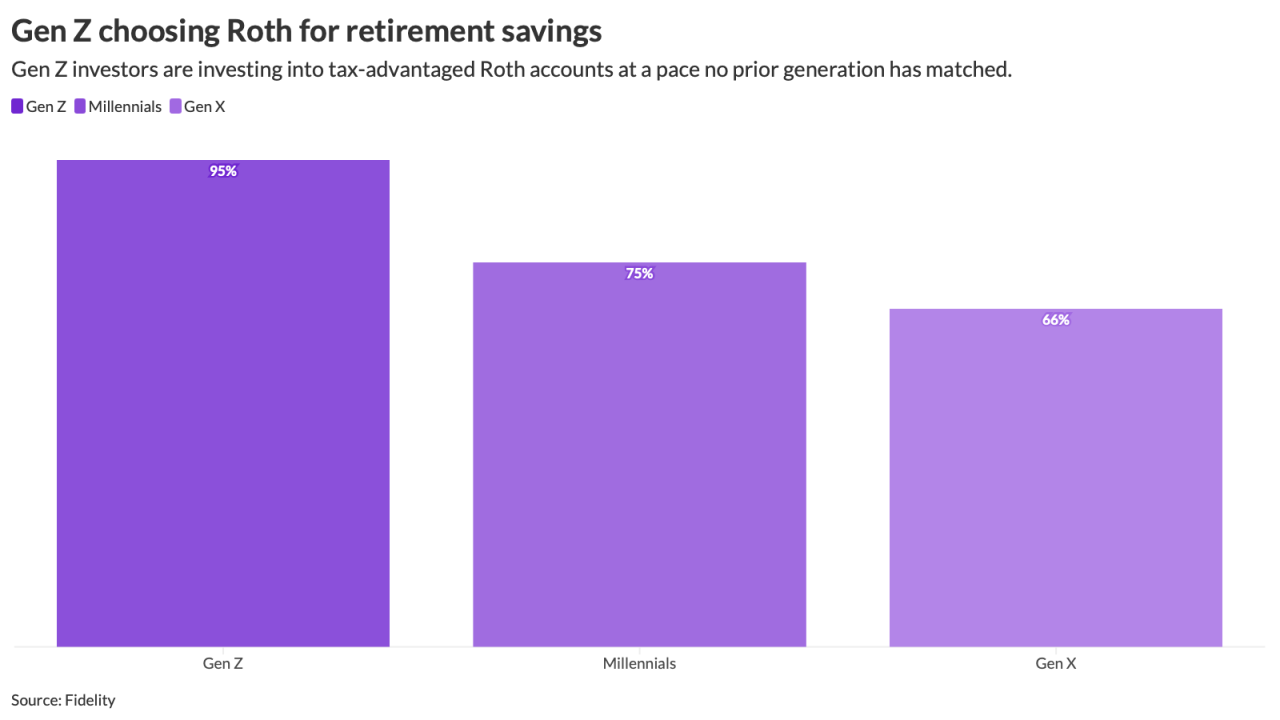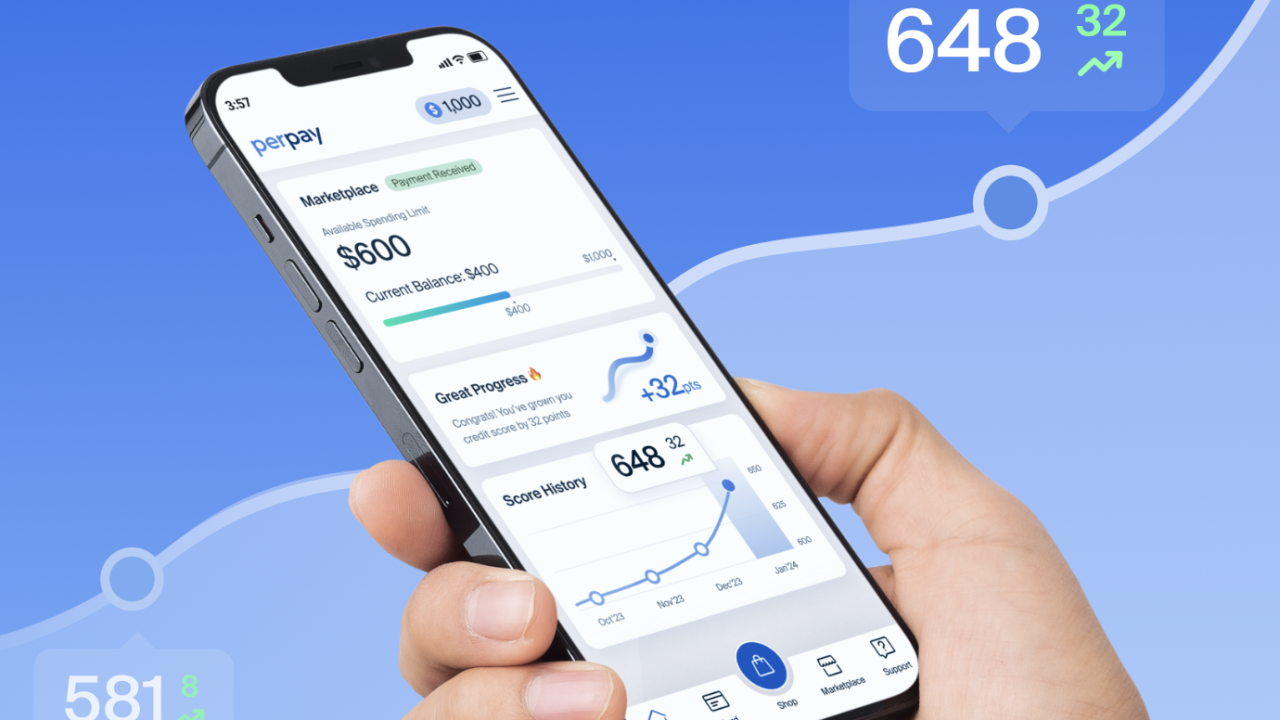The opioid epidemic has reached a tipping point — and employers have a big role to play in reversing the trend.
Given the staggering statistics, it’s likely that no company is immune to the crisis, even if they think they are. More than 68% of the 72,000 drug overdose deaths in 2017 involved an opioid, according to government statistics. That same year, the number of overdose deaths involving opioids was six times higher than in 1999. The estimated annual cost of the U.S. opioid epidemic is $504 billion, according to the Council of Economic Advisers.
Employers can play a significant role in preventing, treating and supporting employees or their family members who are struggling with an opioid use disorder. Here are four ways they can help.
1. Get rid of unused or expired medication. A common misperception is that drug overdoses are something that happens among users of illegal street drugs. But the problem often begins closer to home. An estimated 66% of people ages 12 and older who misuse prescription opioids first obtained them from a friend or family member. Filled with unused bottles of prescription painkillers, medicine cabinets in many households are an open invitation for family members, friends or visitors to help themselves — either to misuse for personal use or to sell at a high price.
Employers should educate employees to resist the temptation to store unused opioids in their bathrooms. Unused, unwanted or expired painkillers should be disposed of promptly and properly. That doesn’t mean throwing them in the garbage where they can easily be recovered.

Instead, promote “take back” programs, sponsored periodically by the U.S. Drug Enforcement Agency, in which unused prescription drugs can be brought to a central collection area. Many cities also sponsor similar programs, as do local health departments and pharmacies. Your pharmacy benefit manager may offer employees free disposal kits containing chemicals that safely dissolve medications.
2. Facilitate treatment. Employers have a role to play in encouraging employees or their family members who suffer from opioid addiction to receive safe and effective treatment. Offer an employee assistance program and promote it aggressively to enhance employee engagement. EAPs provide short-term interventions including assessments, screening tools and referrals. An EAP can help minimize claims dollars for substance use and mental health disorder services through early identification and brief counseling.
Employers should prominently display information about how employees can access resources or referrals to substance use treatment. For example, many benefits providers provide posters or brochures with the phone numbers of substance use help lines that employers can post in common areas and the lunch room.
The Substance Abuse and Mental Health Services Administration (SAMHSA) also runs a very popular national helpline in English and Spanish for individuals facing substance use or mental health disorders. The confidential, free line — which operates year-round, 24 hours per day — provides referrals to local treatment facilities and support groups. In the first quarter of 2018, the line received an average of 68,683 calls per month.
Employers’ benefits provider may also offer confidential substance use disorder helplines and web-based live chat lines staffed by licensed clinicians who can educate employees about their condition and refer them for appropriate treatment.
3. Amend plan design. Many employers are confused about which opioid addiction treatment programs are considered best in class. Your benefits provider’s network of vetted, credentialed professionals is, of course, a good place to start. Employees also should be encouraged to consult professional resources such as SAMHSA, the National Institute on Drug Abuse and the American Society of Addiction Medicine.
Employers also should educate employees about the potential pitfalls of seeking treatment at out-of-network facilities that may not adhere to the latest evidence-based best practices. Some facilities use sophisticated marketing tactics and emphasize the resort-like setting rather than the quality of treatment. These facilities have no proven clinical advantages.
To address this problem, some employers with high out-of-network spend are amending their plan designs to strongly incentivize in-network utilization while remaining in compliance with the Mental Health Parity and Addiction Equity Act. Their strategies include:
- Waving in-network co-insurance, so that treatment by in-network providers is fully covered, while maintaining existing out-of-network treatment coverage at 50%, for example.
- Implementing a tiered network approach that incentivizes members to use the highest ranked providers with a track record of the best treatment outcomes for opioid use and other substance use disorders.
- Waiving co-payments for medication-assisted treatment, which combines medications with counseling, behavioral therapy and recovery support and is considered a highly effective treatment.
4. Lead from the top. To help reduce the stigma of substance use disorders, some corporate executives are taking the lead by openly talking about their personal struggle — or a family member’s struggle — with drug or alcohol addiction. Some leaders share their story on the company intranet through a blog or video, while others may address a live town-hall style meeting of employees. Whatever the method, the underlying message to employees is: “This can happen to anyone, and it’s OK to talk about these things.”
Employers must strive to provide a workplace culture that destigmatizes substance use disorders and encourages employees to get help. Employees in crisis typically don’t have the inclination to navigate complex web sites or wait on hold for a counselor to come on the line. By providing a simple, clear way to quickly find a qualified professional who assists them, employers can play a key role in lessening the burden of opioid addiction.





